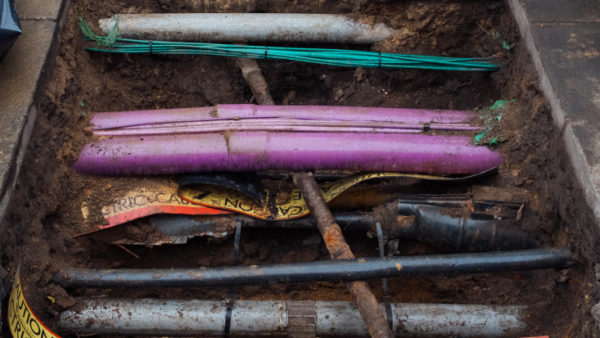Researchers at the University of the West of England (UWE) have won funding to develop a software tool that will enable design teams to create a deconstruction plan with a forecast of which materials can be recycled if a building is demolished.
Called Deconstruction and Recovery Information Modelling (DRIM) the £800,0000 project has been awarded £575,933 from Innovate UK as part of the Building Whole-Life Performance funding call.
The project, which also received a grant of £240,000 from the Engineering and Physical Sciences Research Council, will be run with Coventry University and commercial partners, Waste Plan Solutions and environmental consultant, Sustainable Directions.
By the end of the two-year project, which begins in April 2016, the team hopes to have built a working tool that can identify recyclable materials at the design stage and create a deconstruction plan and programme to recover these materials.
Professor Lukumon Oyedele, director of the Bristol Enterprise, Research and Innovation Centre at UWE, explained to BIM+ how the project was conceived: “At present there is no tool in the industry that allows architects and engineers to have the opportunity to accurately predict how much waste will be produced if a building is demolished.
"We acknowledge some buildings will be demolished and are creating a tool that identifies reusable materials at the design stage and creates a plan to efficiently recover components at the deconstruction phase.
“We want to look ahead to 20 or 30 or 50 years’ time at the end of the building’s life. It’s about looking at the deconstruction plan now rather than when the building is being demolished.”
The tool, which will be BIM-compatible as well as being available as a standalone website, will run a simulation to predict what materials can be recycled, depending on when in the future the building is demolished.
According to the team at UWE the construction industry currently contributes between 30% and 40% of materials going to landfill in the UK. Oyedele hopes that the tool can be used as the basis for increasing the amount of materials that are recovered when a building is demolished.
“The tool will not only predict what can be reused, it will also suggest changing materials to make the building more sustainable,” says Oyedele. “To do this we are creating a huge database of materials including detailed information on the end of life properties.”
Oyedele wants a deconstruction plan to become a required part of a planning application and believes that it can be incorporated into BREEAM and other environmental assessments.
“The key aim is to create a tool that can be used to change policy,” says Oyedele. “At the moment when something is built we do not think about how it will be demolished. You do not need to submit a deconstruction plan and this is something that we will lobby to be included in planning submissions.”
The team hopes the tool will lead to savings being made on landfill tax (currently £80 a tonne) and a reduction in landfill gases and CO2 emissions.
Oyedele concludes: “It will change the entire construction industry – it’s as simple as that. There’s no tool at the moment that’s coming up with a deconstruction plan.”
We want to look ahead to 20 or 30 or 50 years’ time at the end of the building’s life. It’s about looking at the deconstruction plan now rather than when the building is being demolished.– Professor Lukumon Oyedele, UWE
Comments
Comments are closed.














I recommend to read the relevant article
Creating a Sustainable Future : Solutions for the construction waste in the Greater Cairo.